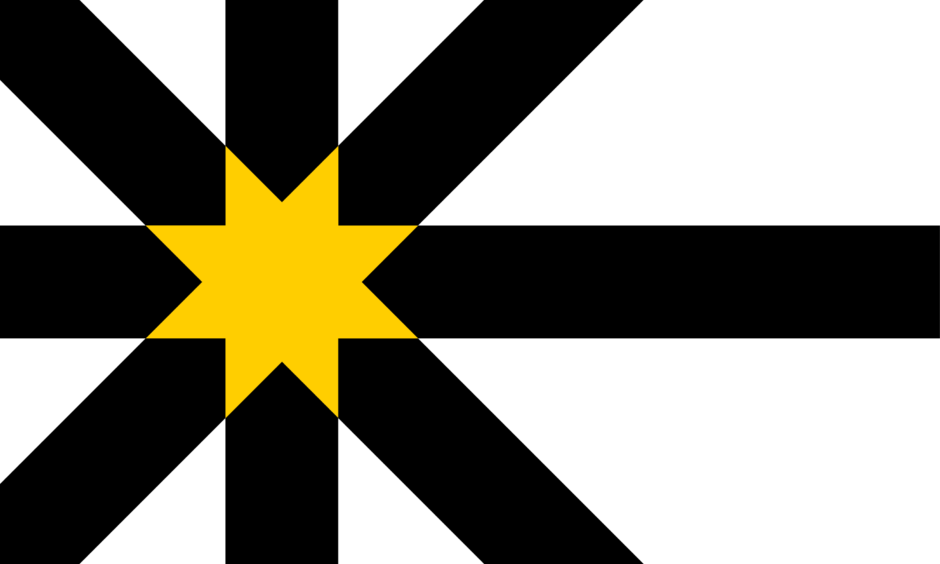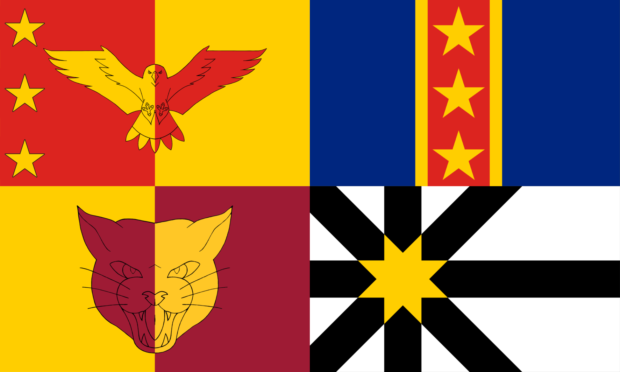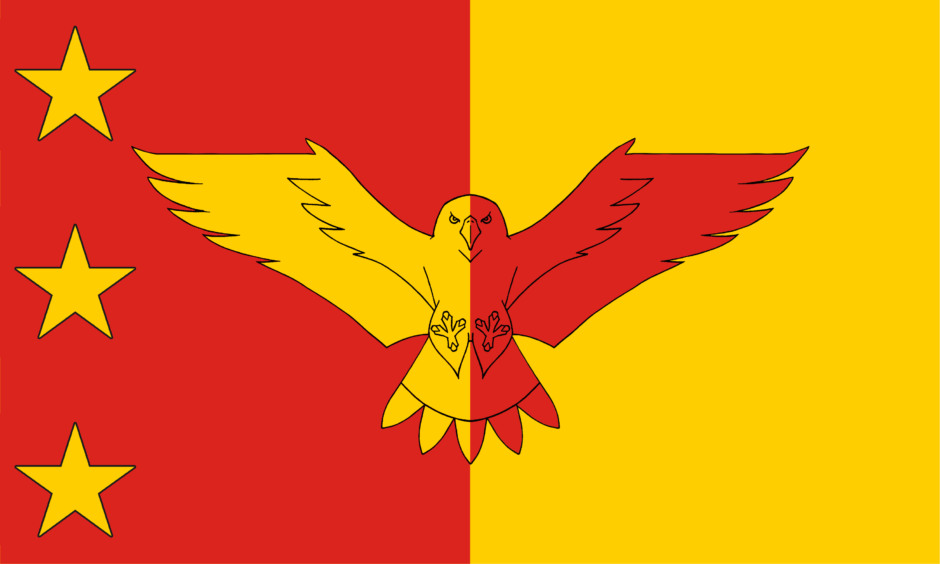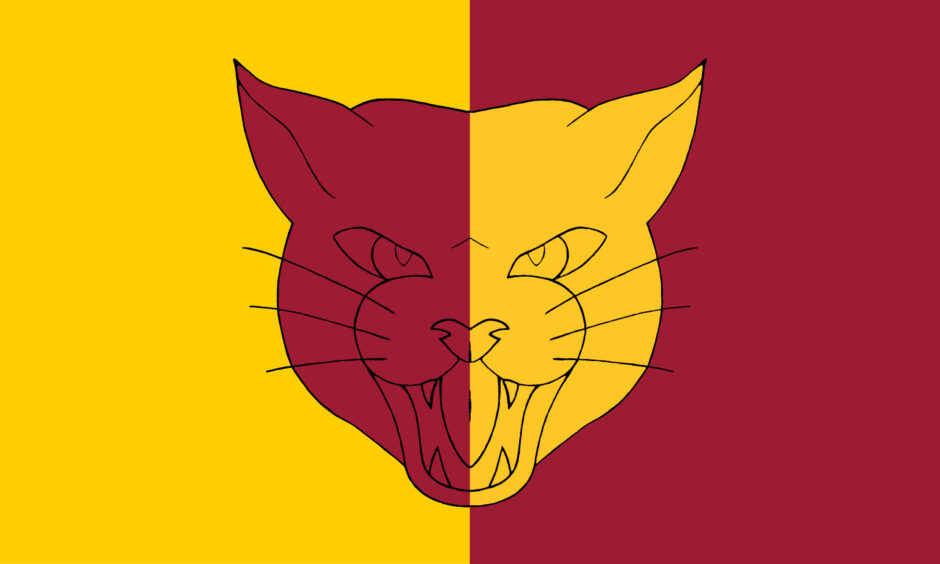Four designs are vying to be named as the new flag for Sutherland, but which one should it be?
The vote opened on Monday and runs until November 26 and is open to anyone who lives in the county.
Hundreds of people have already registered and cast their vote.
Design A
Design A was originally chosen as the winner in a competition by the Northern Times newspaper in January 2018. A judging panel selected the winner but Sutherland’s Lord Lieutenancy froze the flag’s registration with the Court of the Lord Lyon in March 2018 because of local opposition to the flag’s design and the nature of the competition.
Nevertheless, the design has been included for this official vote.
In the centre of the design is an eagle in a unique forward swooping position. Eagles (both white-tailed sea eagles and golden eagles), are now re-establishing themselves in the west and east of Sutherland, symbolising the unity of the county.
Along the red hoist are three golden stars to emphasise, along with the red and gold colours, the traditional symbols of Sutherland as drawn from the ancient Scottish Earldom.
Design B
The three golden stars of the ancient Scottish Earldom of Sutherland are placed on a thin red vertical stripe.
This stripe recalls the ‘thin red line’ of the famous defence of the Sutherland Highlanders at the Battle of Balaclava and the enduring brave spirit of the people of the county.
Either side of the red stripe is blue, separated by gold, which recalls the position of the county having both Atlantic and North Sea coasts.
Design C
The vertical division of the flag recalls the distinctive East and West sides to the county.
Over the top is placed a wildcat counter-changed in the yellow and maroon colours.
The colours represent both the county’s flora and blood of its soldiers and civilians.
The wildcat is symbol that originated from the crest of the Earls of Sutherland and subsequently used by the successors of the Sutherland Highlanders, as well as the late 5th Battalion Seaforth Highlanders, as well as more widely by the Clynelish Distillery and Ross & Sutherland Rugby.
Design D

The over-layed Saltire and Nordic crosses denote Sutherland’s unique history on the mainland where the extent of Viking control met Scotland.
The golden sun that is formed where the arms of the crosses meet symbolise the sun raised high in the south for the origin of the county name ‘South Land’ as well as the sunrises seen on the East coast and sunsets on Sutherland’s West coast.
The black recalls the peat of the Flow Country and dark skies and together with the white recall the central colours of the former Sutherland council arms.



